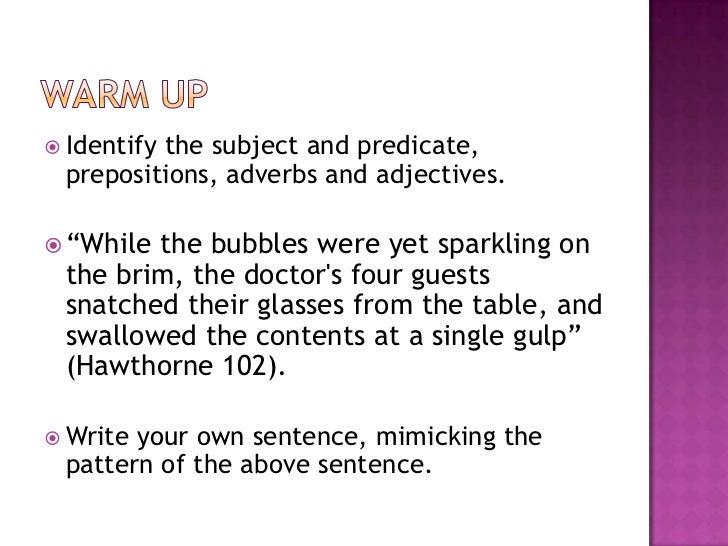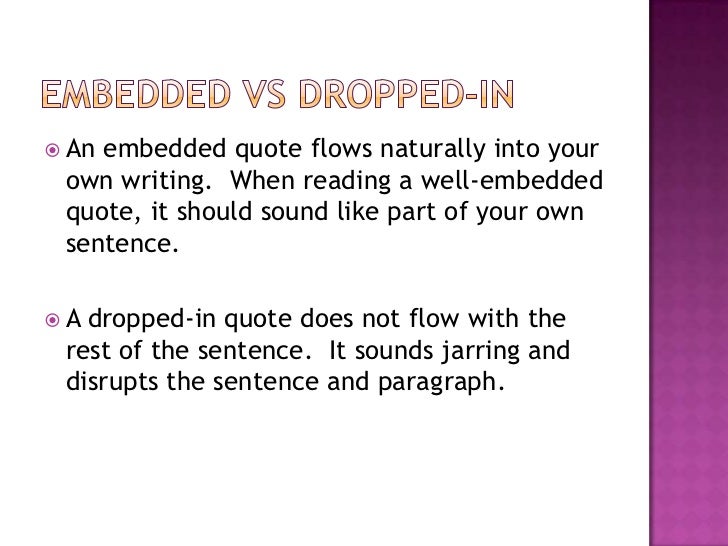Embedded quotes practice
Table of Contents
Table of Contents
Have you ever been reading an article or essay and come across a particularly insightful quote that you wanted to share with others? Maybe you wanted to use it in your own writing or presentation, but weren’t sure of the best way to do so. That’s where embedding quotes comes in. By learning how to properly embed quotes, you can add credibility and depth to your writing while also making it more engaging for your audience. In this article, we’ll explore how to embed a quote and provide some tips for doing it effectively.
The Pain Points of Embedding Quotes
When it comes to embedding quotes, one of the biggest pain points is knowing when and how to use them. Many writers struggle with finding the right balance between using quotes to support their argument and relying too heavily on them. Additionally, there’s the issue of properly formatting and citing quotes, which can be confusing and time-consuming.
Answering the Target of Embedding Quotes
At its core, embedding a quote means incorporating it seamlessly into your own writing. This involves choosing quotes that are relevant and compelling, and then integrating them into your text in a way that feels natural. You should also be sure to properly cite any sources and format the quote correctly so that it stands out from the rest of your text.
Summary of Main Points
To summarize, embedding quotes involves selecting relevant and compelling quotes, integrating them seamlessly into your writing, and properly citing and formatting them. By doing so, you can add credibility and depth to your writing while also engaging your audience.
The Target and Personal Experience with Embedding Quotes
One of the keys to effectively embedding quotes is choosing ones that are both meaningful and relevant to your subject matter. For example, when writing about the importance of creativity in the workplace, you might use a quote from Steve Jobs about the value of innovation. By incorporating this quote into your writing, you can help to support your argument while also providing readers with a fresh perspective on the topic.
Personally, I’ve found that embedding quotes is a great way to add interest and variety to my writing. By using quotes from experts in my field, I’m able to bolster my own arguments while also providing readers with insights they might not have considered otherwise. Plus, quotes can be a fun way to break up long blocks of text and keep readers engaged.
Tips for Effective Quote Embedding
Here are some tips to keep in mind when embedding quotes:
- Choose quotes that are relevant and compelling.
- Integrate quotes seamlessly into your text so that they flow naturally.
- Cite sources properly and format quotes correctly.
- Avoid overusing quotes or relying on them too heavily.
By following these tips, you can make sure that your embedded quotes enhance your writing and contribute to your overall message.
Common Pitfalls to Avoid
One common mistake that writers make when embedding quotes is simply dropping them into their text without any explanation or context. This can be confusing for readers and can make your writing feel disjointed. It’s important to always introduce your quotes and provide some context for why you’re using them.
Another pitfall to avoid is relying too heavily on quotes to make your argument for you. While quotes can be a great way to support your points, they should never be a substitute for your own ideas and analysis. Always make sure that you’re using quotes to enhance your writing, not as a crutch.
Going Deeper into Embedding Quotes
One way to ensure that your embedded quotes are effective is to follow the “sandwich method.” This means introducing your quote, providing some context or analysis, and then following up with additional commentary or explanation. By doing this, you ensure that your quotes are always relevant and contribute to your overall message.
Another strategy is to use block quotes for longer quotes that you want to stand out from the rest of your text. This can be particularly effective for quotes that are several sentences long or that contain multiple ideas.
More Tips for Effective Quote Integration
Finally, always make sure that you’re citing your sources properly and formatting your quotes correctly. Depending on the style guide you’re using, this might involve putting the quote in quotation marks, italicizing it, or using block formatting.
Question and Answer
Here are some common questions and answers about embedding quotes:
Q: Can I use partial quotes?
A: Yes, you can use partial quotes as long as they’re relevant and don’t change the original meaning of the quote.
Q: How do I properly cite a quote?
A: This will depend on the style guide you’re using. Make sure to consult the guide and follow its guidelines for citing sources.
Q: Can I change the wording of a quote?
A: If you need to change the wording of a quote, make sure to use ellipses or brackets to indicate any changes you’ve made.
Q: How many quotes should I use?
A: There’s no hard and fast rule for how many quotes to use. Use them sparingly and only when they contribute something valuable to your writing.
Conclusion of How To Embed A Quote
Embedding quotes can be a great way to add depth and credibility to your writing. By following the tips outlined in this article and avoiding common pitfalls, you can effectively incorporate quotes into your writing and make it more engaging for your audience.
Gallery
PPT - Embedding Quotes PowerPoint Presentation, Free Download - ID:6251631

Photo Credit by: bing.com / embedding quotes quote embed mean does into ppt powerpoint presentation paragraph
Embedding Quotes - YouTube

Photo Credit by: bing.com / quotes embedding essays long quote essay embed write
Embedded Quotes

Photo Credit by: bing.com / embedded quotes examples mla embedding essays essay quotesgram slideshare sparkling
Embedded Quotes

Photo Credit by: bing.com / embedding
Embedded Quotes Practice

Photo Credit by: bing.com / embedded






